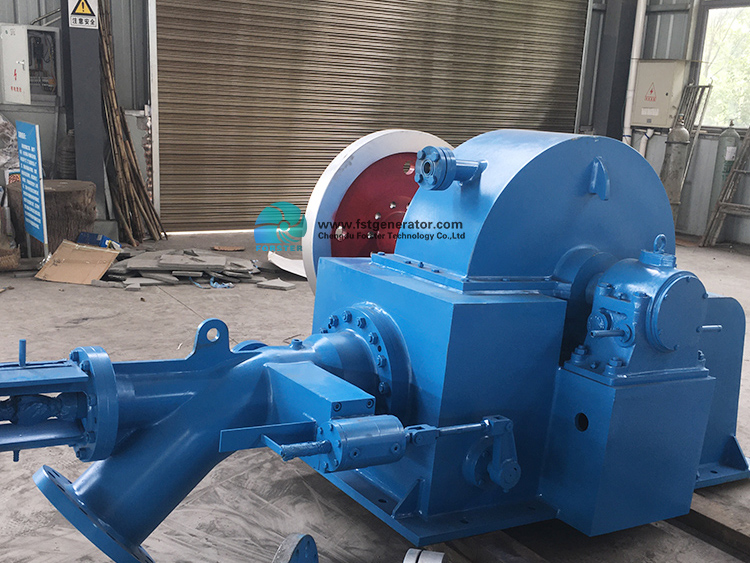Climate change concerns have brought a renewed focus on increased hydropower production as a potential replacement for electricity from fossil fuels. Hydropower currently accounts for about 6% of the electricity produced in the United States, and the generation of electricity from hydropower produces essentially no emissions of carbon. However, since most of the larger, more traditional hydroelectric resources have already been developed, a clean energy rationale for development of small and low-head hydropower resources may now exist.
Power generation from rivers and streams is not without controversy, and the capability to produce energy from these sources will have to be balanced against environmental and other public interest concerns. That balance can be aided by research into new technologies and forward-thinking regulations that encourage the development of these resources in cost-effective, environmentally friendly ways which recognize that such facilities, once built, can last for at least 50 years.
A feasibility study by the Idaho National Laboratory in 2006 presented an assessment of the potential for development of small and low-head power resources for hydroelectric generation in the United States. Approximately 5,400 of 100,000 sites were determined to have potential for small hydro projects (i.e., providing between 1 and 30 Megawatts of annual mean power). The U.S. Department of Energy estimated that these projects (if developed) would result in a greater than 50% increase in total hydroelectric power generation. Low-head hydropower usually refers to sites with a head (i.e., elevation difference) of less than five meters (about 16 feet).

Run-of-river hydropower facilities generally rely on the natural flow of rivers and streams, and are able to utilize smaller water flow volumes without the need to build large reservoirs. Infrastructure designed to move water in conduits such as canals, irrigation ditches, aqueducts, and pipelines can also be harnessed to produce electricity. Pressure reducing valves used in water supply systems and industry to reduce the buildup of fluid pressure in a valve or to reduce pressure to a level appropriate for use by water system customers offer additional opportunities for power generation.
Several bills currently pending in Congress for climate change mitigation and clean energy seek to establish a federal renewable energy (or electricity) standard (RES). Foremost among these are H.R. 2454, the American Clean Energy and Security Act of 2009, and S. 1462, the American Clean Energy Leadership Act of 2009. Under current proposals, the RES would require retail electric suppliers to obtain increasing percentages of renewable electricity for the power they provide to customers. Although hydropower is generally considered as a clean source of electric power, only hydrokinetic technologies (which rely on moving water) and limited applications of hydropower would qualify for the RES. Given the current language in pending bills, it is unlikely that most new run-of-river low-head and small hydropower projects would meet the requirements for “qualified hydropower” unless these projects are installed at existing non-hydropower dams.
Given the smaller size of projects relative to the costs for development for small and low-head hydropower, incentive rates for electricity produced over time may increase the feasibility of a project based on power sales. As such, with clean energy policy as a driver, government incentives may be helpful. Further development of small and low-head hydropower on a wide scale will likely come only as a result of a national policy intended to promote clean energy goals.
Post time: Aug-05-2021
